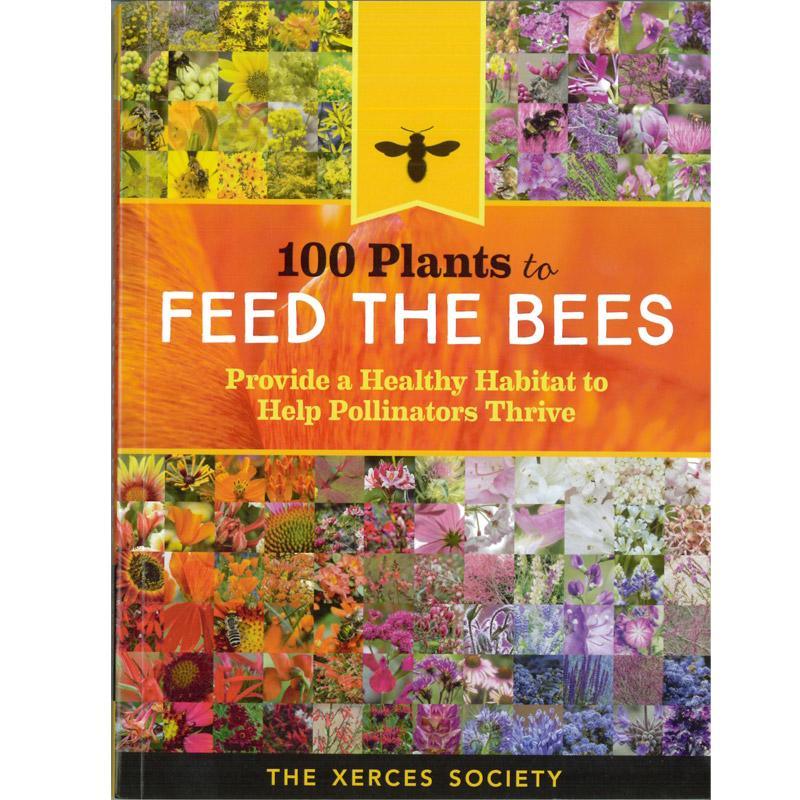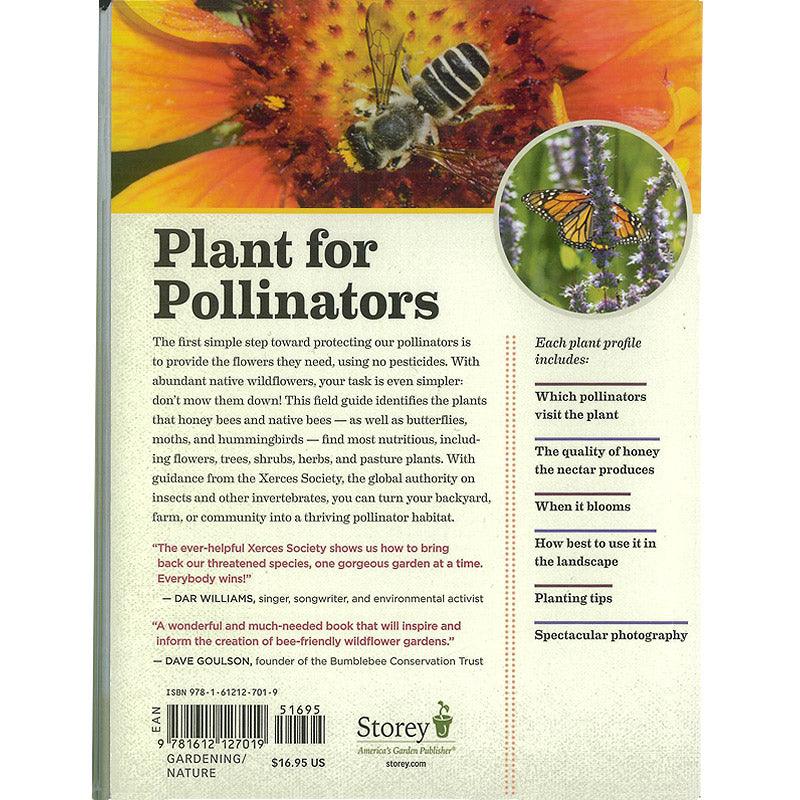Item Number: BO546
100 Plants to Feed the Bees
Great Resource for Planting a Pollinator-Friendly Landscape
By The Xerces Society
The first simple step toward protecting our pollinators is to provide the flowers they need, using no pesticides. With abundant native wildflowers, your task is even simpler: don't mow them down! This field guide identifies the plants that honey bees and native bees — as well as butterflies, moths and hummingbirds — find most nutritious, including flowers, trees, shrubs, herbs, and pasture plants. With guidance from the Xerces Society, the global authority on insects and other invertebrates, you can turn your backyard, farm, or community into a thriving pollinator habitat.
- Chapters on native wildflowers, native trees and shrubs, introduced tress and shrubs, introduced herbs and ornamentals and native and non-native bee pasture plants
- Helpful information on plants and pollinators
- Beautiful photos of plants and flowers and which pollinators each attract
Storey Publishing, 239 pages
Check Your Zone Compatibility:
Compatible with your zone.
Growing Zone for

Our Guarantee To You
Since 1976, we've served our customers at every stage of growing. Please contact us at any time. We are happy to support and assist you.
Shipping Information
Shipping Information
Shipping Weight: 1.1 lb
Dimensions: 8.0"L x 6.0"W x 0.625"H
Features
Features
Characteristics
Characteristics
Use Instructions
Use Instructions
Useful Information
Useful Information
Guarantee
Guarantee
Share


Even though the title says "Feed the Bees", that plants are rated for moths, butterflies and hummingbirds, with easy to scan icons for each plant. Well organized, lots of great information -- I'm referencing this book as I am ordering my spring flower seeds! And it's published by the Xerces Society, one of the best organizations for understanding the issues facing our pollinators. So you know the information is good, and you are supporting a great organization by buying it!
I love the layout of this book. It provides information on bees, as well as plants that are good for bees and other pollinators. It also shows where each plant is native, so the reader can focus on plants that grow in their region.


